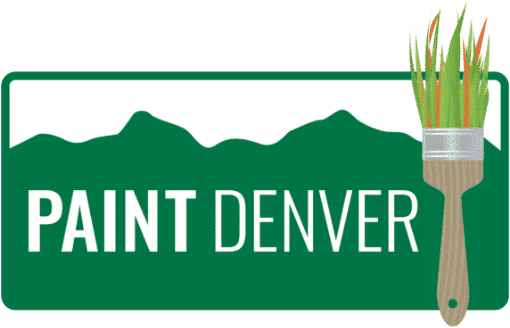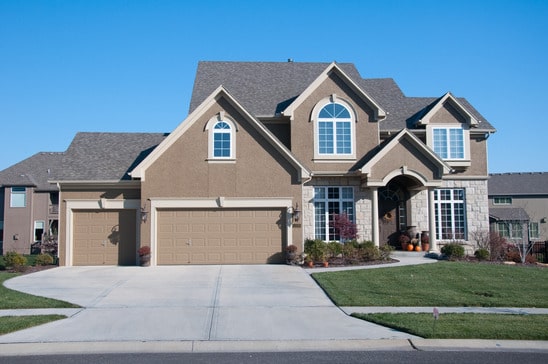Getting Ready For Exterior Painting in Denver
Here in Colorado, we only have a few months where painting the exterior of your home is possible. As we near the months that are best for painting, there are a few tips to make the process run smoothly. Let’s discuss a few tips for exterior painting in Denver.
The most difficult step when painting the exterior of your home doesn’t involve the paintbrush, instead it involved the paint scraping tools. In the painting world, most outside walls have a process called substrate. This involves the adhesion of the paint to the surface below. The reason paint fails to adhere properly is because the surface isn’t prepped correctly. It’s dirty, wet, or the paint from before is loose and cracked. Making sure your painting surface is clean, dry and free from grease, oils or old flaking paint will give your primer and your paint a good surface in which to bond.
Painting the exterior of your home over an improperly prepared surface is like building a home on a poorly constructed foundation; it’s possible, but the potential problems add up quickly and can turn into very damaging and costly mistakes.
Prep work involves both scraping and power washing. Which means the potential for damage around your home is also a probability. So that nothing gets damaged in the process, make sure everything around your home is covered and turned off.
· Turn off power to air conditioner condensing units.
· Tun off gas to grills, outdoor kitchens, and gas fire-pits.
· Use canvas drop cloths to cover exterior appliances and landscaping. Plastic will not allow your plants to breathe, and can do extensive damage in a relatively short period of time.
· For tall trees and bushes close to the home, you may wish to tie a cord around them and pull branches away from your home. Stake it to the ground to prevent it from damaging the paint before it adheres to the surface. You may also wish to have your landscaping trimmed before the paint job.
Tips For Home Exterior Trim Color
Also remove anything affixed to the home: mailboxes, decorations, light fixtures, etc.
Power washing is a powerful step to remove loose paint and clean your home’s surface. But in the hands of an inexperienced person, it can cause extensive damage. High pressured water can etch wood, brick or blast mortar from joints; it can soak the wall extensively so that it required additional dry time; it can also weaken surrounding areas that were in good shape before the process. Make sure you know what you’re doing if you are going to use this step.
Before the paint is applied, it’s important that the surface is in good shape for bonding. All surfaces should be thoroughly scraped, sanded and rubbed clean. Cracks, holes or gouges should be filled with a good epoxy wood filler and allowed to dry. All surfaces that wont be painted – windows, doors, etc – should be properly covered and taped off. Wood in bad shape should be replaced. Areas with mold or mildew should be thoroughly cleaned. Caulk should be used to fill any gaps between windows, doors, between siding, molding columns, etc.
Only then is your house ready to paint.
Want help with your painting process this year? Give us a call today to be added to our schedule. Times fill up quickly.
For more help on exterior painting in Denver.

